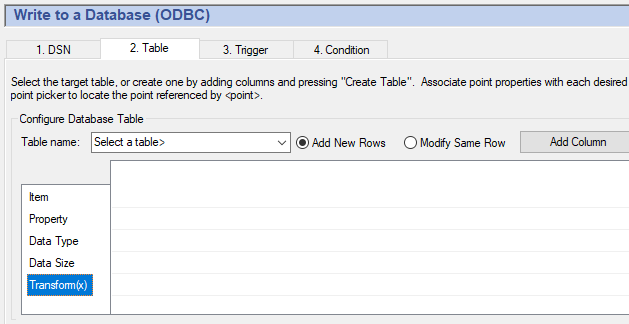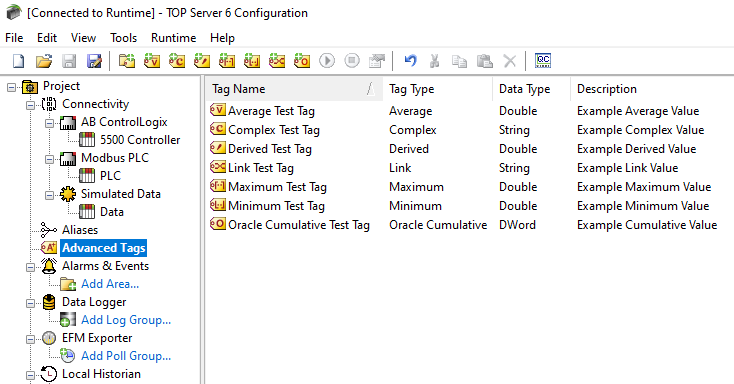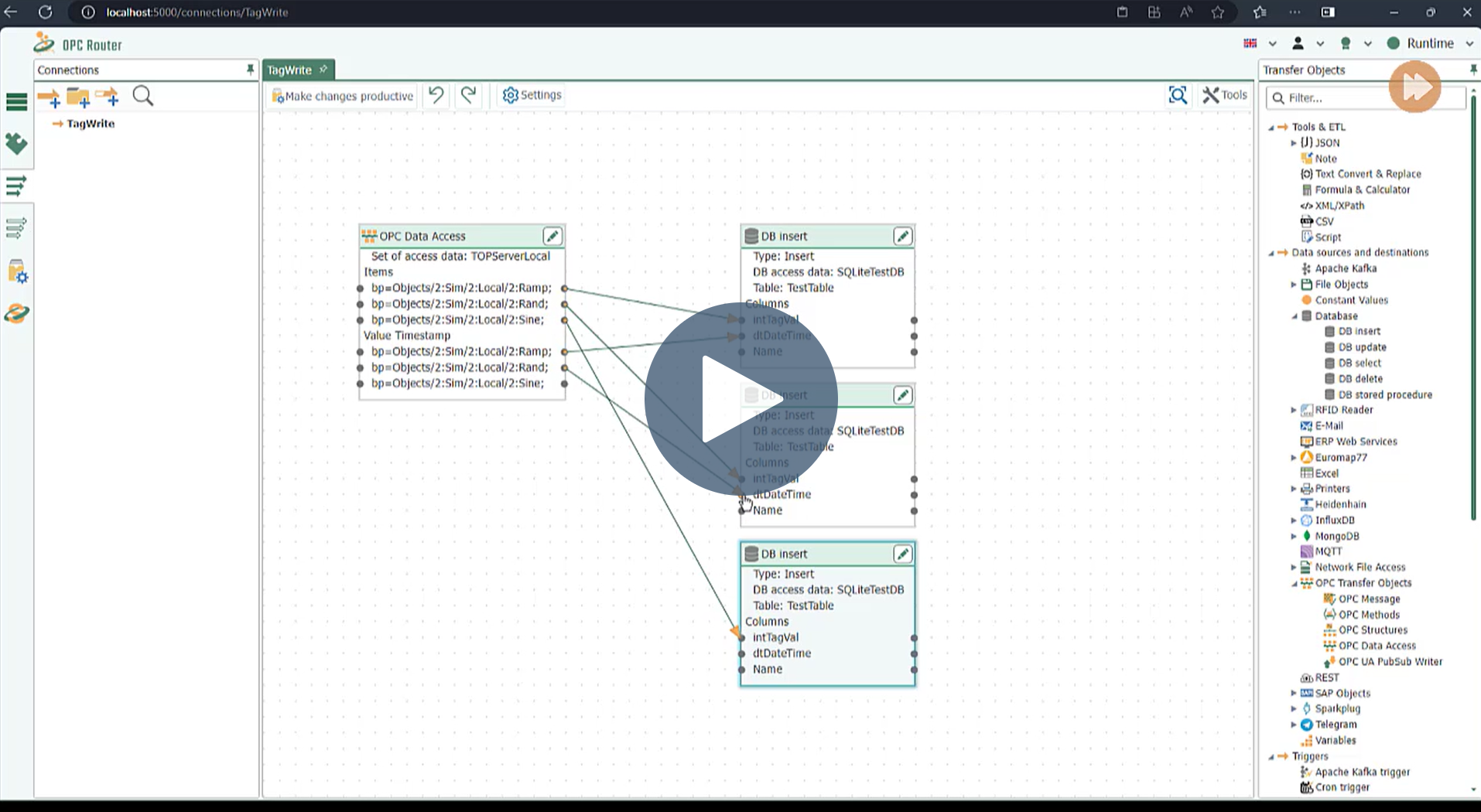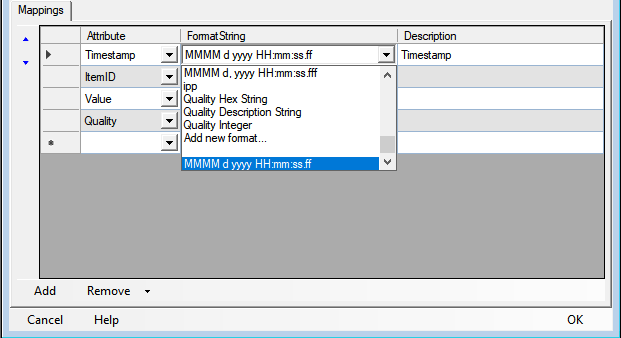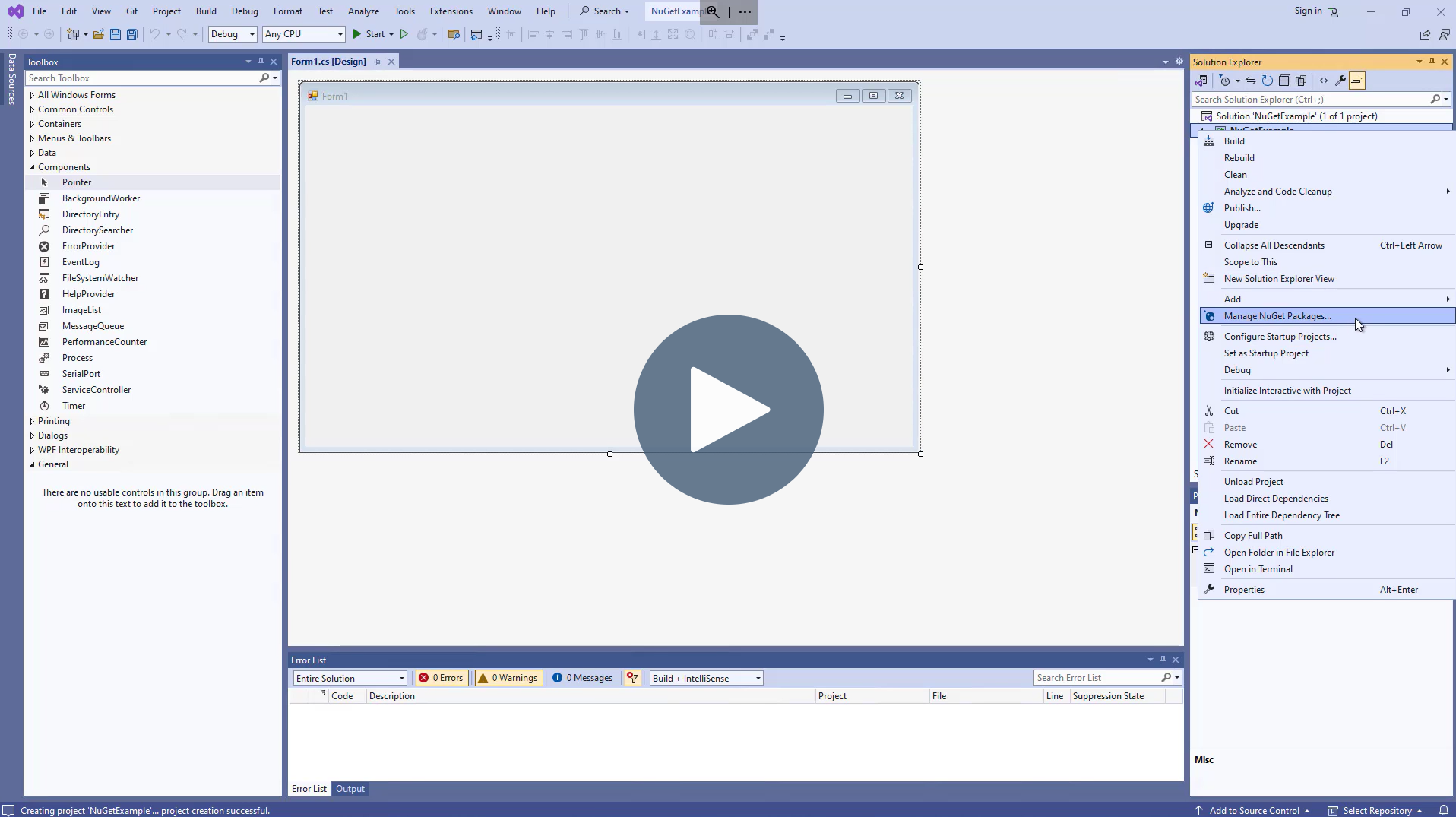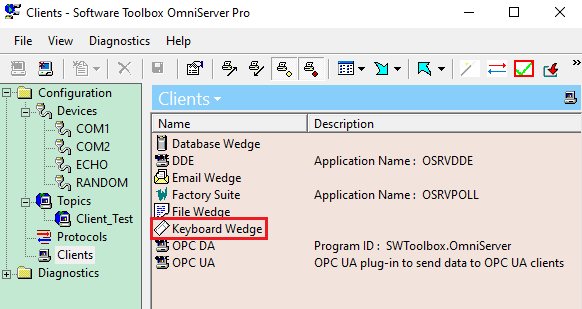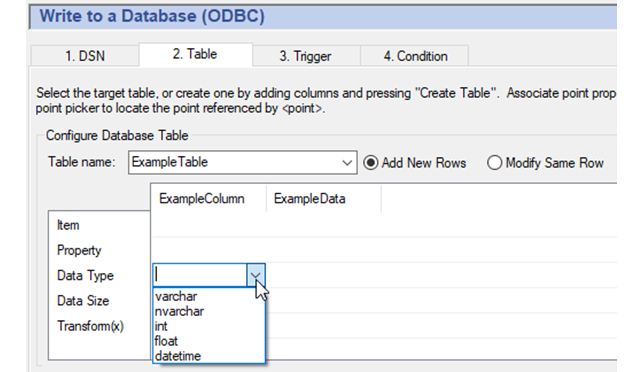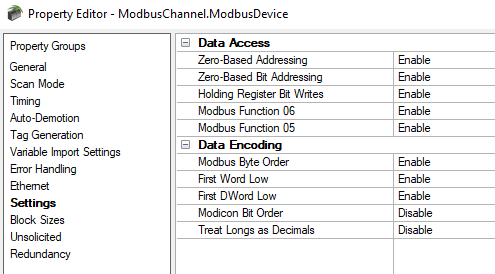If you’re an existing user or you’ve been keeping up with our previously released Cogent DataHub blogs, you’re already aware that Cogent DataHub is renowned for its extensive connectivity options to industrial data systems, but most importantly its secure, high performance, scalable, firewall, DMZ, & proxy friendly data transfer within premises and to/from the cloud. However, it’s worth emphasizing that DataHub’s connectivity includes MQTT, IoT, OPC DA, OPC UA, OPC UA Alarms & Conditions, OPC Classic Alarms & Events, Modbus, Excel, ODBC & more. These methods of connectivity help users realize that with DataHub, data has the freedom to seamlessly and securely traverse across various platforms. We truly believe that "once the data is in DataHub, it can go anywhere, securely".
In this blog post, I'll provide insight into using DataHub’s Transform property to manipulate data that is being logged to a database table. To follow along with this blog, as a prerequisite, you will need to have an ODBC database configured and have DataHub set up to be writing to that database. For more information on connecting and writing to a database, please read our blog “DataHub – 5 Quick Steps to Writing to a Database Table”. Unlike loggers that only work with OPC data sources, DataHub’s capability to securely tunnel data and aggregate from diverse sources besides OPC empowers many different types of applications.


